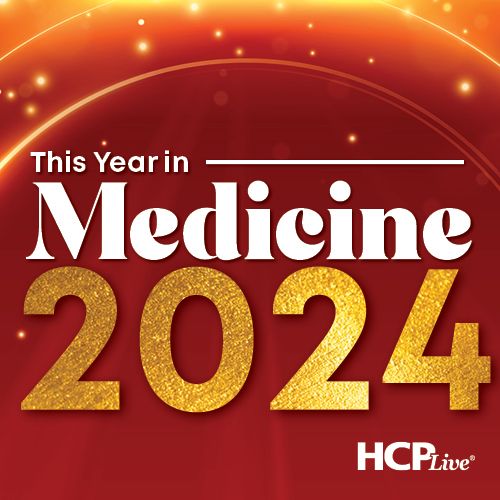Video
Delivering mRNA Technology to Flu Vaccination
Author(s):
A look into the research and prospects Seqirus looks to fulfill with the technology platofrm.
Years ago, messenger RNA (mRNA) platform technology was a promising prospect in vaccine delivery innovation, but its utility was limited by the slow churn of research and development.
The technology’s jump from would-be innovation to the prevalent factor in the most widespread and clinically efficacious vaccines available against COVID-19 is considered a marvel by many—and just an actualization of goals from its investigators. Indeed, mRNA vaccines may have a greater presence in the future world of prophylaxes.
In an interview with HCPLive, Roberta Duncan, Vice President of Seqirus and Program Lead for the company’s mRNA Program, discussed recently-shared plans to bolster the focus and progression of research into self-amplifying mRNA (sa-mRNA) technology platforms later this year.
The hope is for sa-mRNA-based vaccines to become among the increasingly available flu vaccine products developed by Seqirus, which has recently focused on adjuvant cell-based vaccines—particularly for older populations.
Noting that mRNA went from “promised to proven” during the pandemic, Duncan stressed the importance of considering this technology in flu prevention.
“Influenza has the highest pandemic potential and actually already burdens our healthcare systems during the influenza seasons,” Duncan said. “So our focus has to be on continuing to protect the population against flu, and quite frankly in this pandemic moment, we’ve been concerned about “twindemic”—having COVID and flu really overburden our systems.”
Duncan also discussed the company’s history of mRNA research leading up to this year, which hopes to see the product progress from exploratory and animal model-based trials to clinical assessment.
“We are seeing that with self-amplifying mRNA in influenza, we have the potential to give a smaller dose, and we are also looking at the continued protection for future potential infection,” Duncan explained.




